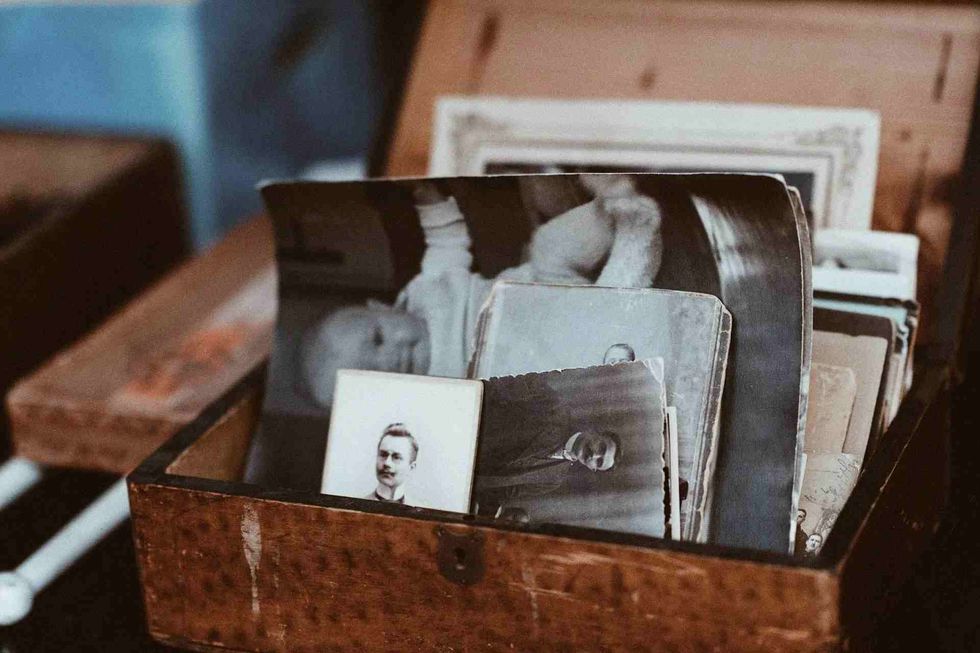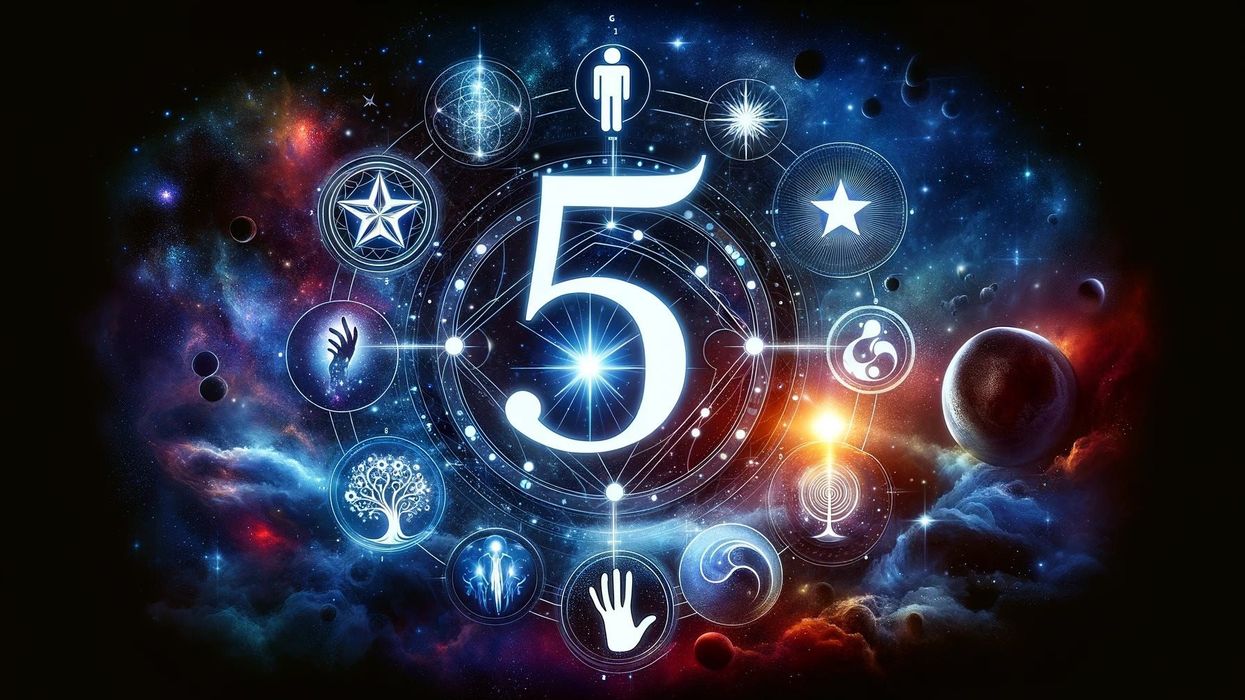1945 Fun Facts: Learn About This Important Year In History

1945 was one of the most eventful years of the mid-20th century.
Known for the end of World War II, 1945 was a year of great loss, change, and eventually, liberation. It literally changed the course of history.
From war to music and pop culture to fashion, every aspect of life saw a rise and downfall in 1945, most of them being triggered by World War II.
Variations in prices of manufactured goods on the market, the financial condition of countries, and the discovery of new scientific facts led the entire world to believe that it was not just the war that was going to change the world.
Though, the war still played a significant role in deciding the outcome of several situations, which in some cases did not even have any direct or proportionate relationship with the war.
Things like music, movies, cartoon shows, food recipes, and fashion were molded by the war. But at the same time, these things flourished on their own as well, establishing a presence among people and making them trendy enough to influence the public.
From people to ideas, trends and experiences, everything was transitioning from a period of conservativism into mid-20th century modernity, where governments were changing, people were becoming aware of their rights, and all kinds of explorations and experimentations were at their peak.
If you enjoy reading this article all about the year 1945, then you might also like reading some of our other fun facts articles. We recommend that you start by reading our articles on 1941 fun facts and 1916 facts right here on Kidadl.
What was popular in 1945?
1945 was a period of transition; everybody knows that. It was also the time of new discoveries and inventions. Every nation on this planet had suffered a period of great turmoil and destruction in the form of World War II, which is why, as it neared its end, people began exploring other domains to progress into the future.
It is an undeniable fact that the war and its dynamics were influential since the day it began in 1939.
So much had happened during the course of five years that it was hard to keep it from the mainstream.
Hence, as is evident even in today's time, politics took over and became one of the most popular mainstream domains in almost every part of the world.
Many events occurred, like the making of the atomic bomb, the strategy of the allied forces against Nazi Germany, the election of US president Harry Truman, the conflict between the Soviet Union and Nazi Germany, the Manhattan Project, and the attack on Pearl Harbor by Japan and the subsequent bombing of Hiroshima and Nagasaki ordered by Harry S. Truman.
Everything revolved around nuclear bombs and World War II, and it was all put in the public eye due to broadcast media at that time.
Even broadway musicals started to produce shows involving theatrical recreations of battles during that time in order to instill patriotism among the general public, and these were considered cool by teens and young adults at that time.
Musicians, poets, and artists also made songs and wrote poems about the war and the life of people in general, which gained popularity because countless people were able to relate to them through their own life experiences.
There was one musician, however, who was particularly criticized for his role during that time.
Frank Sinatra was one of the most popular singers and songwriters back in the 40s, and according to historian William Manchester, Sinatra was 'the most hated man of World War II' because he was making music and earning a fortune in the industry at a time when countless men were getting drafted into the armed forces for the war.
He was allegedly unable to serve because of a disability, which was later found to be legitimate.
Emerging fashion trends were also very cool and popular at the time.
The idea of the transition into modernity was new and gathered a lot of attention, to a point where people started considering fashion trends cool.
Along with fashion, the newer genre of pop music was becoming quite popular, especially among teenagers and young adults. America was one of the countries which kept its pace of progress steady even during World War II, keeping its citizens safe and giving them a comfortable space to live their lives in.
Society was becoming more and more accepting and welcoming for non-Americans and people belonging to non-native ethnicities and races.
This model of societal integration and America's image as a safe haven in the world for every person irrespective of their history and background is what gained immense popularity, and it influenced the rest of the western civilization to adopt the model of progressive development.

What inventions took place in 1945?
Talking of inventions, the primary motive for the creation of new things back in 1945 was to become technologically advanced and move ahead of one's enemy. World War II was during its most intense phase, and every country's government was determined to make sure that they stayed ahead in the race of creation.
After the US began with the Manhattan Project and the British government ordered more British troops, the entirety of western Europe started its own quest to create and invent new battle equipment and weaponry which would help Nazi Germany and other axis powers supersede the allied forces.
The Soviet Union, on the other hand, had several projects of its own in action, which were aimed at making them technologically independent and powerful.
The most scientifically significant invention, the production of plutonium and uranium-235, happened in 1945 during the Manhattan Project, which later led to the creation of the first atomic bomb.
Right after this, John Presper Eckert & John W. Mauchly developed what was known as the Electronic Numerical Integrator and Computer (ENIAC), which was used to make military calculations, aiding the allied troops in predicting the pattern of the enemy's attacks.
In terms of medical advancements, the influenza vaccine was developed for the first time in the world, which helped governments, especially in eastern Europe, in dealing with influenza outbreaks and protecting allied armies and government personnel against the outbreak.
As far as German forces were concerned, Adolf Hitler made separate scientific advancements and research organizations, which continuously worked on inventing high-end military equipment and advanced wartime motor vehicular technology.
Categorically speaking, technological and medical advancements were not the only inventions being made in 1945.
The creation and establishment of institutions also started in order to build a safer global community and keep humanity's actions in check.
After the Soviet army marched into Berlin, the attack on Pearl Harbor by Japan prompted American forces to retaliate, and as a result, upon the orders of US President Harry S. Truman, the United States dropped two atomic bombs on Hiroshima and Nagasaki in Japan, which forced them to surrender, bringing an end to World War II.
Consequently, President Roosevelt and British Prime Minister Winston Churchill came up with the idea of a postwar peacekeeping international organization, giving birth to the United Nations in October 1945.
The United Nations charter was made with the intent of making provisions that would prevent war or conflict among nations after the Second World War.
Therefore, it is a fact that, along with historical events like every major medical and technological creation, political and institutional creations were also very significant among the things which were invented in the year, especially during the World War.
What sports were popular in 1945?
On one end, the World War was waging, and the race to develop the atomic bomb was at full speed. On the other end, especially in the US, Great Britain, and the rest of allied inclined Europe, the world of sports was adversely affected, with most games facing cancellation as a direct consequence of the World War.
In line with previous years, 1945 was no different for grand slam games. The Australian Open and Wimbledon were canceled due to the world war.
The French Open was organized and held under German occupation and was not officially recognized.
The only properly organized and recognized event was the US Open which was held that year, with Frank Parker winning his second title in the men's category and Sarah Palfrey Cooke winning in the women's.
Golf tournaments were all canceled that year except for the PGA Championship and Women's Western Open, which Byron Nelson and Babe Zaharias ended up winning. As far as other sports in the US were concerned, the Baseball World Series, which was extremely popular, happened in October that year and was won by the Detroit Tigers.
Another extremely popular and emerging sport in the world at that time was cricket.
The international cricket season in 1945 was from April to September. No major international matches were played, and almost every country canceled or postponed their domestic leagues and matches in every season during the World War.
India was the only nation that managed to schedule and organize its domestic matches, like the Ranji Trophy, except for the 1942-43 season, maintaining an almost normal schedule of its first-class matches.
Football, or soccer as it is known in the US, was also a critical sport in 1945 because it proved to be crucial in keeping soldiers occupied and entertained during their stationing in war zones. In 1939, the Football Association declared that every game of football was to be suspended except those being organized by the armed forces.
The outbreak of war in the entire European continent forced every country to introduce conscription, which made organizing sports tournaments and games implausible.
However, it is interesting to note that some facts about football during World War II are simply amazing. Apart from being a form of recreation for the troops and civilians, it was also very popular among the prisoners of war, especially in Great Britain.
Famous footballers supported the armed forces during recruitments, and some even served in the armed forces themselves.
Hence, every major popular sport in the world, like football, cricket, baseball, basketball, golf, and tennis, suffered terribly because of the World War. There was always an imminent threat of air raids by German forces, causing disruption to games.
In spite of all the threats and danger, sports was a form of morale-boosting, motivational exercise and was essential for keeping soldiers engaged and hyped, in turn making sports like football, cricket, and baseball quite popular and fun in the US and Europe.
Iconic People Born In 1945
1945 was the year in which World War II ended, Adolf Hitler died, German troops surrendered, and the United Nations was created. Though the conflict cost millions of lives, some world-famous people were born. There were people who made a difference by doing things that ordinary people could not do under ordinary circumstances.
Every field of work and walk of life saw a person who was born in 1945, at least once, who did extraordinary things and made a name for themselves.
Be it the creative arts and cinema, singing, sports, politics or anything else, there was some person, born in 1945, who excelled and made a difference in their respective domains.
Artists and celebrities like Bob Marley, Eric Clapton, Tom Selleck, Priscilla Presley, and John Lithgow were born in 1945 and probably did not see the war or its end but definitely experienced its aftermath in the form of a changing world and the cold war.
These people lived through that time and made a name for themselves by being good at what they did.
Apart from the film industry, even politics saw some prominent names coming out of this year. The current President of the Philippines, Rodrigo Duterte, as well as the President of India, Ram Nath Kovind, were born in 1945.
The former leader of Myanmar, Aung San Suu Kyi, also was born the same year.
Lyricist and songwriter Javed Akhtar, businessman Azim Premji, basketball player Pat Riley, Hans-Adam II, Prince of Liechtenstein, and many such iconic personalities were born in 1945 in every part of the world.
These people were born in a year that could be considered as a year of new beginnings, as quite literally, the world began to reconstruct itself after the horrors of World War II.
It was difficult for a young person who had seen the devastation of World War I and the price that humanity had to pay. It was, therefore, a disaster when World War II broke and the world entered a cold war.
1945 was a very different year compared to the rest.
It did see some devastating events like the battle of Iwo Jima, which happened in February 1945, but it also acted as a transformative carrier for the generations to come by giving a lesson in history about how war can destroy.
1945, like all other years, had its share of normal events like sports championships and political elections in several countries on the face of this planet. But it also saw humanity strive and struggle in the face of travesty, only to regenerate like never before.
Here at Kidadl, we have carefully created lots of interesting family-friendly facts for everyone to enjoy! If you liked reading all of our 1945 fun facts and learning about the innovations and inventions of that year, then why not take a look at our articles on 1946 fun facts or 1969 fun facts for more information?
We Want Your Photos!
More for You
Bachelor of Science specializing in Microbiology

Oluwatosin MichaelBachelor of Science specializing in Microbiology
With a Bachelor's in Microbiology from the Federal University of Agriculture, Abeokuta, Ogun State, Oluwatosin has honed his skills as an SEO content writer, editor, and growth manager. He has written articles, conducted extensive research, and optimized content for search engines. His expertise extends to leading link-building efforts and revising onboarding strategies.
Disclaimer
1) Kidadl is independent and to make our service free to you the reader we are supported by advertising. We hope you love our recommendations for products and services! What we suggest is selected independently by the Kidadl team. If you purchase using the Buy Now button we may earn a small commission. This does not influence our choices. Prices are correct and items are available at the time the article was published but we cannot guarantee that on the time of reading. Please note that Kidadl is a participant in the Amazon Services LLC Associates Program, an affiliate advertising program designed to provide a means for sites to earn advertising fees by advertising and linking to Amazon. We also link to other websites, but are not responsible for their content.
2) At Kidadl, we strive to recommend the very best activities and events. We will always aim to give you accurate information at the date of publication - however, information does change, so it’s important you do your own research, double-check and make the decision that is right for your family. We recognise that not all activities and ideas are appropriate for all children and families or in all circumstances. Our recommended activities are based on age but these are a guide. We recommend that these ideas are used as inspiration, that ideas are undertaken with appropriate adult supervision, and that each adult uses their own discretion and knowledge of their children to consider the safety and suitability. Kidadl cannot accept liability for the execution of these ideas, and parental supervision is advised at all times, as safety is paramount. Anyone using the information provided by Kidadl does so at their own risk and we can not accept liability if things go wrong.
3) Because we are an educational resource, we have quotes and facts about a range of historical and modern figures. We do not endorse the actions of or rhetoric of all the people included in these collections, but we think they are important for growing minds to learn about under the guidance of parents or guardians.







